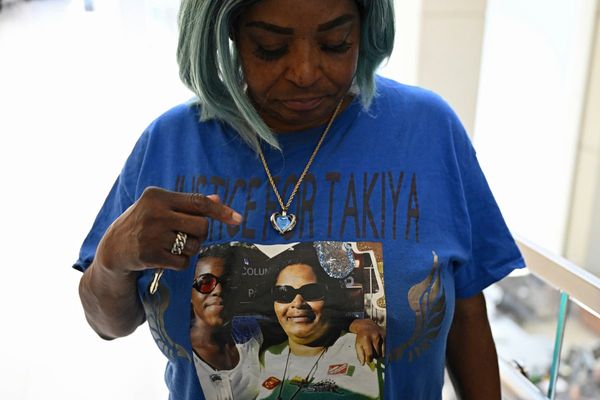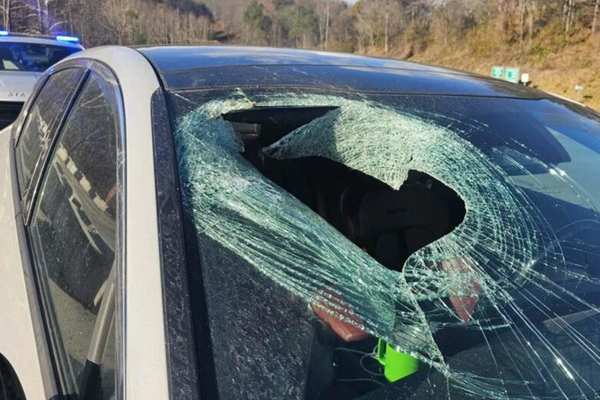
Whether it is your bike or a garden fork that you forgot to put away, most of us are familiar with the rapid rusting that happens when iron-containing objects are exposed to the elements.
But it isn’t just iron left out in the rain that is vulnerable: research suggests Earth’s biggest deposit of iron – its core – could also be going rusty.
Sitting 1,800 miles (2,900km) beneath Earth’s surface, it had been assumed the high-pressure environment and paucity of water-bearing minerals kept the molten outer core safe from the effects of rust.
But recent experiments have shown that rust can be stable at high pressures, and could plausibly be formed at locations where water-rich slabs of Earth’s crust have sunk to the core-mantle boundary.
And if the core does get spots of rust this could explain the slower seismic waves observed in some areas of the lower mantle, such as deep underneath northern Mexico, where a chunk of crust from North and Central America is thought to have landed about 200m years ago.
Now scientists are speculating that some of these heaps of rust might occasionally hitch a lift back to the surface via a mantle plume, providing a fresh explanation for how Earth’s atmosphere suddenly became oxygen-rich about 2.5bn years ago.







